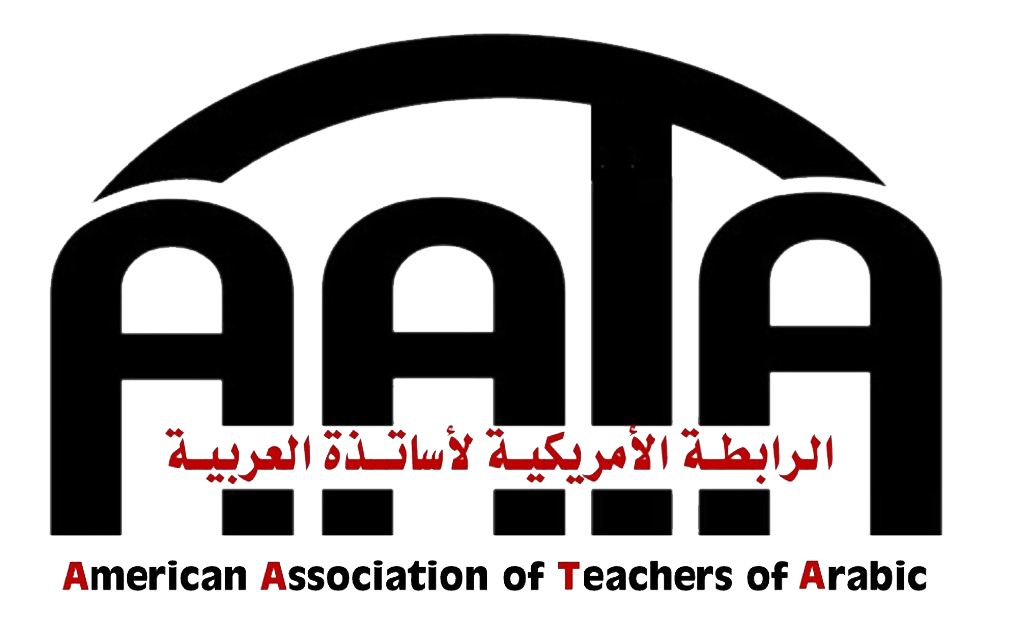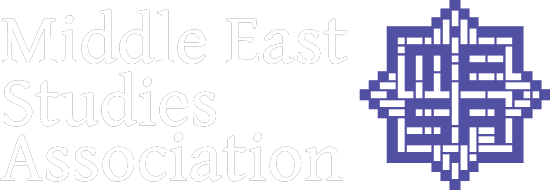Submission Guidelines
References: Full citation of references should be given at the end of an article. Within the text give the author’s surname, year of publication, and page number(s), where relevant, e.g. Said (1978:31). Such citations should be given in the body of the text, unless they refer specifically to a statement made in an endnote. The bibliography should be double-spaced, under the heading: REFERENCES. Only works cited in the text should be listed. Use the following examples as a guide: Barlow, Michael, and Charles A. Ferguson, eds. 1988. Agreement in Natural Language: Approaches, theories, descriptions. Stanford: Center for the Study of Language and Information. Blanc, Haim. 1960. Stylistic Variations in Spoken Arabic: A sample of interdialectal educated conversation. In Contributions to Arabic Linguistics, Charles Ferguson (ed.), 79–161. Cambridge, Mass.: Harvard University Press. Blau, Joshua. 1977. The Beginning of the Arabic Diglossia: A study of the origin of Neo-Arabic. Bloch, Ariel. 1967. Morphological Doublets in Arabic Dialects. Zeitschrift der deutschen Transliteration/Transcription. Use an accepted or conventional system for transliteration or transcription, as appropriate, and use it consistently. If you use transliteration with any special characters, such as ħ or š, please use Doulos SIL font for each word of transliteration (free download: http://scripts.sil.org/cms/scripts/page.php?item_id=DoulosSIL_download). Arabic font. Please use Scheherazade (download free): http://scripts.sil.org/cms/scripts/page.php?site_id=nrsi&id=scheherazade#1fd0063a. Proofs and copies: Proofs of accepted manuscripts will typically be sent to the author(s) for careful review, with the response deadline indicated. Proofreading is the author’s responsibility. No extensive alterations are possible once a manuscript has been accepted for publication. Authors are responsible for obtaining written permission from the copyright holder to quote extracts or to translate a work, and for forwarding a copy of this permission to the editor. The author (or lead author) of an article or book review receives one copy of the issue in which the contribution is published. Book Reviews are commissioned by the book review editor. Reviews of current and recently published textbooks are particularly welcome. Please propose a book review to the book review editor prior to submission at: aatabookrevieweditor@ aataweb.org. Submission dates: Manuscripts are accepted on a rolling basis. |
PROMOTING LANGUAGE & STUDYAmerican Association of Teachers of Arabic (AATA) aims to facilitate communication and cooperation between teachers of Arabic and to promote study, criticism, research and instruction in the field of Arabic language pedagogy, Arabic linguistics and Arabic literature. |


